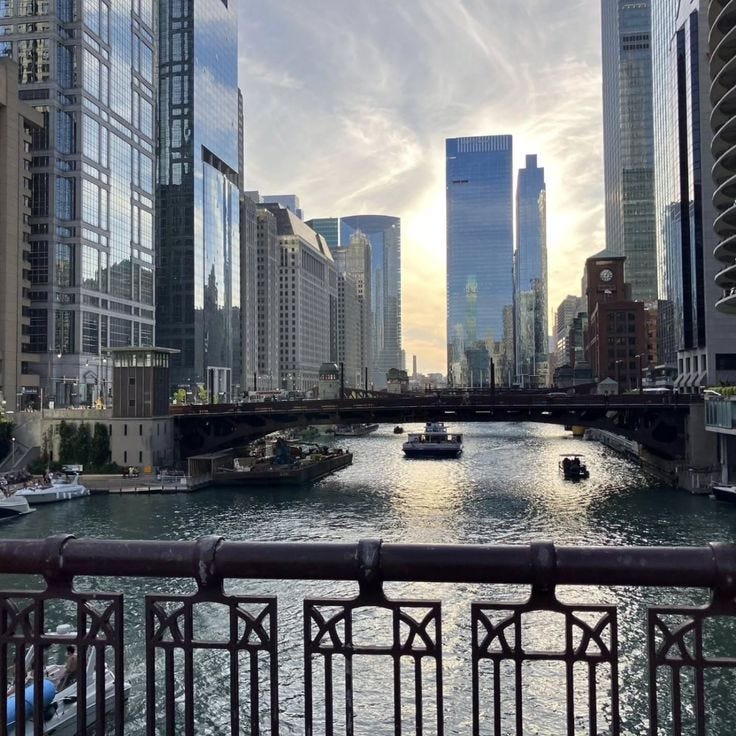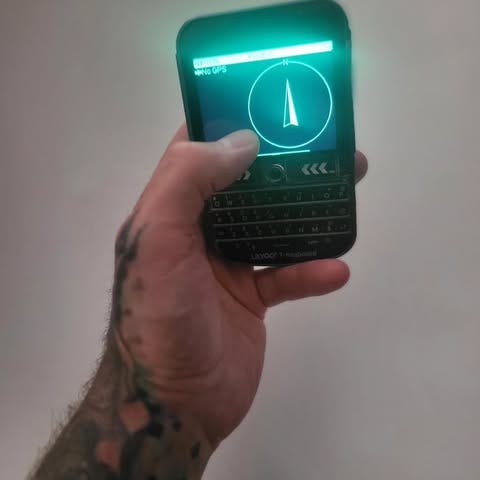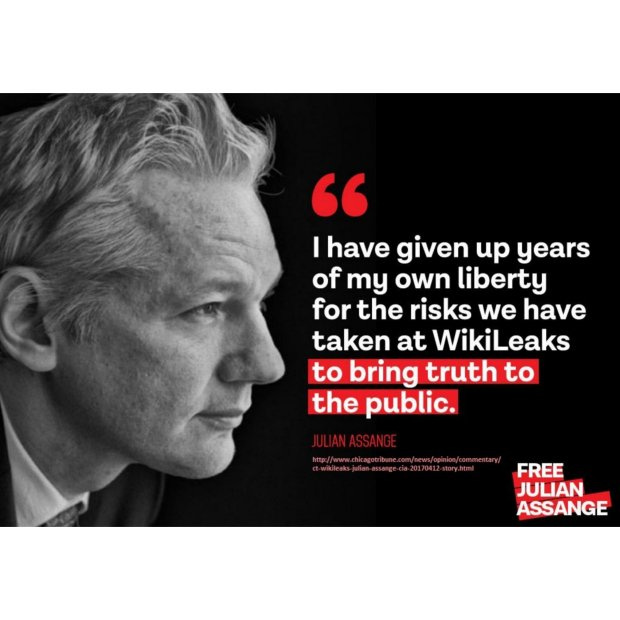Why Do Characters Talk Freely on Trains in Movies?
(And Which Chicago CTA Stations Have the Least Surveillance?)
Introduction: The Hollywood Train Privacy Illusion
If you’ve ever watched a thriller or spy movie, you’ve probably noticed how characters have high-stakes conversations on trains—sharing secrets, plotting heists, or exchanging confidential intel—without anyone overhearing. But in real life, whispering sensitive info on public transit is risky. So why does Hollywood make it seem so safe?

Why Movie Characters Get Away with It
Dramatic Effect – Trains create tension (strangers nearby, confined space) while letting the audience focus on the dialogue.
"Invisible" Extras – Background passengers never react, making it seem like no one’s listening.
Ambient Noise Cover – The rumble of the train masks conversations (convenient for the plot).
No Digital Surveillance – Unlike phones or hacked laptops, trains (especially in older films) aren’t bugged.
In reality, public transit is one of the worst places for private chats—especially in a city like Chicago, where CTA stations and trains are equipped with cameras, microphones (in some newer trains), and watchful passengers.
But if you’re curious about which Chicago ‘L’ stations might have weaker surveillance, keep reading.
Which Chicago CTA Stations Have the Least Surveillance?
While every official CTA station has cameras, some have older systems, fewer blind spots, or lower monitoring priority due to lower foot traffic. Here’s what to know:
1. Older, Less-Modernized Stations
These stops have outdated or sparse camera setups:
Green Line (Ashland/63rd Branch)
King Drive, Cottage Grove – Some of the least-upgraded stations.
Pink Line (West Side)
Kostner, Pulaski – Low ridership = fewer cameras.
Purple Line (Evanston Local Stops)
Foster, South Blvd – Quiet, with minimal security presence.
2. Low-Ridership Stations with Minimal Staff
Fewer passengers = less incentive for heavy surveillance:
Blue Line: Irving Park, Montrose
Orange Line: Between Midway and Ashland
Brown Line: Damen (older infrastructure)
3. Potential Blind Spots (Even in Monitored Stations)
Stairwells & emergency exits (though tampering is illegal).
Far ends of platforms (cameras often focus on high-traffic zones).
Bus transfer areas (sometimes less covered than train platforms).
The Reality: You’re Probably Being Watched
All CTA stations have some cameras (entrances, turnstiles, platforms).
Newer trains have interior cameras & microphones.
Chicago Police can access live feeds.
Bystanders might overhear you.
How to Actually Keep Conversations Private in Chicago
If you really need to talk securely:
✅ Use encrypted messaging (Signal, WhatsApp) instead of public convos.
✅ Walk in a park (away from CTA cameras).
✅ Avoid suspicious behavior—lingering near blind spots can draw attention.
Final Verdict: Movies Lie, Surveillance Doesn’t
While Hollywood makes train chats seem safe, Chicago’s CTA is wired for security. If you need privacy, skip the dramatic whispers—opt for a truly secure space instead.
Like every #Friday we speak out for Julian #Assange and press freedom on hashtag: #WeAreAllAssange Do you value an independent press, do you want to make sure those in power are being held accountable? Do you want to stop an innocent journalist from being
Like every Friday we speak out for Julian #Assange and press freedom on hashtag: #WeAreAllAssange
"Challenging the Status Quo:
If I learned anything from BLM, it's that Israel is gonna get a ton of money after this.
How to: World Peace
The word "antipsychiatry" used to be a slur to discredit survivors who were speaking out against the industry, until the majority of us decided we actually liked the word and owned it instead.





